What is Banjo?
The short answer is that Banjo is a Social Discovery app.
Banjo (Ban.jo) by design is a social site that is completely different from the social media that has come before it. In fact, the only site that closely resembles Banjo is Hootsuite. Banjo is a social media platform that utilizes Social Networking, Video Sharing, Social-News, and most importantly, Live-Time streaming to give the users up-to-the-second information. Including live video streams of events such as concerts. The current data stream gives viewers and marketers alike, the opportunity to capitalize on truly current events. Banjo has two functions, one is a website that is accessible by a pay subscription (companies/marketers), whereas the mobile app is free and is accessible through a login with another social media site (used by consumers).
What is the point of Banjo, you might ask?
Well, the Banjo (app) is a live-time media channel, which is affectionately referred to as the “Live Internet.” To identify Banjo as one of the generic social media channels would be counterproductive, as the point of Banjo is to be revolutionary. The Banjo platform uses many types of social media platforms, including Facebook, Twitter, Instagram and Google+. However, Banjo also uses lesser-known apps such as Path and EyeEm. This usage of “consumers” social media posts allows Banjo to collect data in a geographic block and cross-reference that data with other tweets posts etc., which allows Banjo to identify abnormalities in the block that is being analyzed. This allows the user and marketers to (digitally) be the first on the scene. The data transfer is so fast that many app users know of the issue before the news, and often before emergency responders are notified.
Banjo is a subscription based social media platform that was launched in 2011 as a “consumer app” by Damien Patton (pictured above). The company grew to over a million users in 2013 and was titled by Fast Company as one of the “World’s Top 10 Most Innovative Companies by Local”. Damien himself admits he did not realize the true potential of Banjo at that time (Seely, 2015; Davis, 2013).
However, in 2014 following the 2013 Boston Marathon bombing, Damien Patton rethought the use of the company, realizing Banjo had greater potential, opposed to being just another app-among-many. After a complete overhaul in 2014, Banjo 4.0 was released. At the time of the 4.0 release, the website became a subscription (pay) service. The pay subscription now caters to 30+ companies worldwide. The website is exclusive, in that Banjo website is only used for businesses and their marketing team. However, the Banjo app is accessible to all consumers, and is the linchpin for Banjo’s data collection (Clancy, 2015 Perez, 2011).
It was in the 2014 overhaul in which Banjo took on a more user-friendly approach. The new 4.0 format put the current event newsfeed at the forefront of the app, and created a simplified approach which allows users to track current events in up-to-date posts by other users. This created a quasi-news platform in which the users are reporting events strictly through posting pictures and changes in schedules. When that data is included with the app users social media posts, Banjo gets in-depth coverage through the social media accounts of hundreds, if not thousands, of the people actually affected by the event(s) (Seely, 2015; Yeung, 2014;).
The Banjo app is now a global tool that can be utilized by any company willing to pay the subscription fee. As of last reports the company has begun to launch new software that will allow for a price that is lower, and accessible by more companies, which Banjo hopes will lead to growth (Yeung, 2014;).
Target audience?
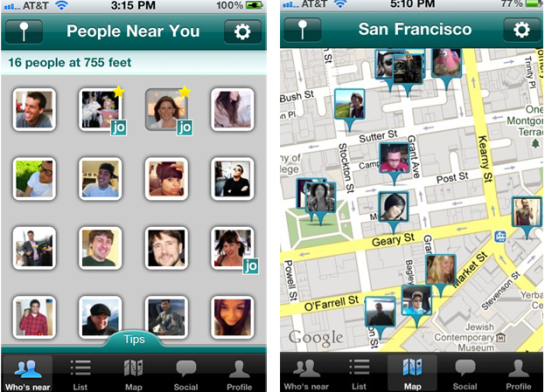
The target audience is everyone that has another form of social media. The data, which Banjo collects, is though the social media accounts of other users. Therefore, without social media posts on other apps Banjo would have no way of collecting data. Therefore, as a marketer, Banjo is a valuable tool only if it has a big following that will allow data mining. So the number of users has a big effect on the quality of data. While the best audience would be the people that post most frequently, the fact remains that all users add to the data pool (Clancy, 2015; Seely, 2015; Yeung, 2014; Perez, 2011).
User numbers?
There are no “official” published numbers on the users of Banjo. Banjo keeps much of the data private. However, there have been reports that the number of users has grown to over 4 million. It has not been the meteoric rise of Facebook or Snapchat. However, Banjo has shown consistent growth.
User Growth?
In Banjos first 9 months 2011-2012 Banjo was able to hit the 1 million mark. First 2013 the company was doing. From 2012 until the 2014 launch of 4.0 the company was able to reach 3 million users. The last know number released was when the company hit 4 million users in late 2015. Since the announcement in 2015 there has not been another announcement about user growth (Clancy, 2015; Yeung, 2014; Peck, 2012).
How does it work?
It is actually very simple. Banjo has the world broken up into thousands of rectangles the size of a football field. In each one of those rectangles, all of the data is collected and recorded in relation to that area. The user’s will login with credentials from Facebook, Twitter, Instagram or any of the other 9 social media platforms that banjo uses. By logging in, the user allows Banjo to access their tweets and other public information. Through the actions that the user takes, the other users (or companies) can use the data to discover current events, or more importantly, how the users engage with a brand. Simply put, Banjo curates the content in a surrounding area or topic. Allowing the users to get a synthesized analysis of an event or events. What this means that the seemingly unrelated data can be used to show system changes.
For example, if Coca-Cola were to put up a new hug-coke machine on a street corner, and hundreds of people start to tweet while standing at that street corner. Where there has never been much recorded digital traffic before, then Coca-Cola will know that people are seeing their sign and stopping. Even if they are not posting something with the words Coca-Cola, the company will still see the noticeable difference in traffic during the time the Hug-Coke machine was up (Clancy, 2015; Yeung, 2014).
Integration with other social channels?
Yes, in fact, integration with other social channels is of paramount importance. Each user of Banjo is in a give-and-take relationship. Users can access information about current events through Banjo. However, the user has to allow access to one-or-more of their social channels. When the users post on another channel, that post is used as data and cross-referenced with other posts. That data then adds to the information about other current events. With the cross-reference of data it will allow your company to access data showing engagement with your product in a way not though of in years past. Because the data is mined so heavily, you can see whether or not there is engagement with your brand through the amount of pictures posted, or the physical location of posts. The integration allows trends to be followed without the users posting names or hashtags. (Clancy, 2015; Davis, 2013).
Is Banjo Mobile friendly?
Absolutely, as mentioned above, Banjo is a social media platform that works by linking together 12 social sites, or as many as a user has, in a geographic area. In order for data mining, Banjo has to connect to user apps such as Twitter and Facebook. Therefore, the user has to be able to be at the site of the event, or there is no data to be had. Also, this app is used as a way to track friends, family, and events. Lastly, the only way for non-commercial users to access the app is through the mobile app. There is no other way to use Banjo (Yeung, 2014; Davis, 2013).
What major brands/companies/celebrities/people are using this channel effectively?
There is little information regarding Banjo’s customers/users. By association, there does not appear to be much data about the companies using the Banjo product. However, in August of 2015, there was a reported number of 30 companies subscribed to Banjo, the two companies that have been mentioned are Blue Run Ventures, and Budweiser. Budweiser has used Banjo successfully during the Budweiser “House of Whatever” marketing campaign (Clancy, 2015).
What are relevant facts or features we need to know so we can all learn more about this channel?
Many people think of social media as a way to engage with friends or family, possibly even connect with products and services. Banjo is different, because nearly every other form of social media is user centric, which provides incentives to the companies and products for advertisement. However, Banjo is company-centric. You see, Banjo is a product that is designed to help companies discover how people will relate to the products. Arguably, the most fascinating aspect of Banjo is the lack of required structure in data mining. Today companies do not need the structure of hashtags to keep with customers because of Banjo. With Banjo, companies can follow the amount of feedback a product or post receives, without hashtags, or physical location. Banjo is designed with so many points of entry, that if one does not work, another will. Banjo is slow growing, however, with the advertised price drop due to new investments, banjo is something every company should be looking into. Banjo allows a marketing team to see the customer in a way not fathomable 20 years ago.
My Prezi Presentation Link: https://prezi.com/knnabnu-y169/joshua-schery-mmc5006-banjo-free-prezi-template/
References:
Clancy, H. (2015, April 2) Why Social Media Startup Banjo Will Strike A Chord WithMarketers. Fortune.com. Retrieved on February 17, 2017. Retrieved at: http://fortune.com/2015/04/02/social-media-startup-banjo-marketers/
Davis, N. (2013, March 07). Banjo Founder: ‘Emotional Connection’ Is Key forMobile. Retrieved February 18, 2017, from http://streetfightmag.com/2013/03/07/banjo-founder-emotional-connection-is-key-for-mobile/
Peck, J. (2012, April 18). Banjo Shows Tremendous Growth, Hits One Million UsersIn Only Nine Months. Retrieved February 18, 2017, from https://globenewswire.com/news-release/2012/04/18/473564/252448/en/Banjo-Shows-Tremendous-Growth-Hits-One-Million-Users-In-Only-Nine-Months.html
Perez, S. (2011, December 27). Half A Million Downloads Later, Social Discovery AppBanjo Hits The Web. Retrieved February 18, 2017, from https://techcrunch.com/2011/12/27/half-a-million-downloads-later-social-discovery-app-banjo-hits-the-web/
Pierson, D. (2015, June 20). Banjo’s ability to track events in real time gives clients competitive edge. Retrieved February 17, 2017, from http://www.latimes.com/business/la-fi-0621-cutting-edge-banjo-20150621-story.html
Seely, L. (2015, April 02). Social Media News: Is Banjo the next big thing? RetrievedFebruary 18, 2017, from http://www.digitaljournal.com/technology/social-media-news-is-banjo-the-next-big-thing/article/429837
Yeung, K. (2014, January 16). Banjo Overhauls Its Mobile Apps To Display SocialPosts By Live Events. Retrieved February 18, 2017, from https://thenextweb.com/apps/2014/01/16/location-based-service-banjo-overhauls-mobile-apps-display-social-posts-sorted-live-events/#.tnw_wnyw0Vs7
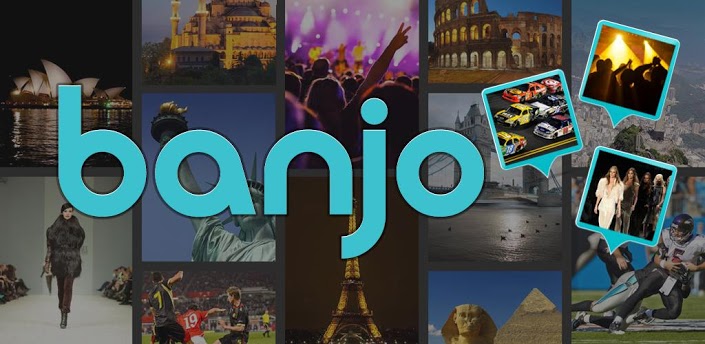
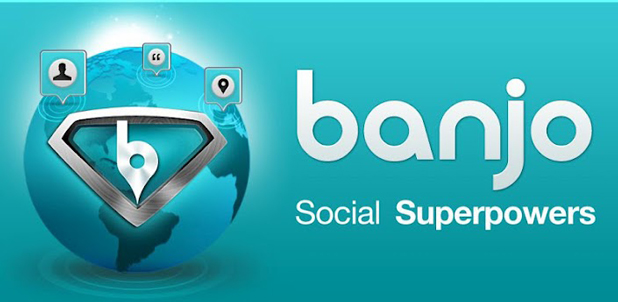
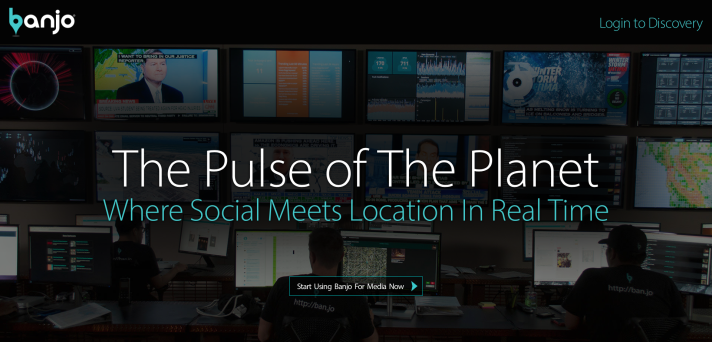
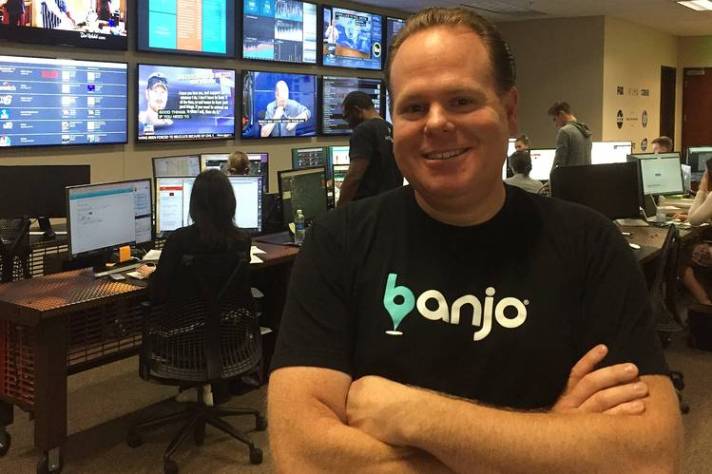
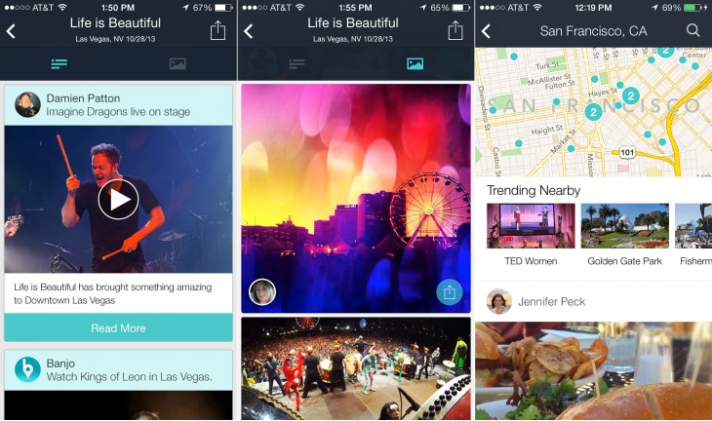

Recent Comments